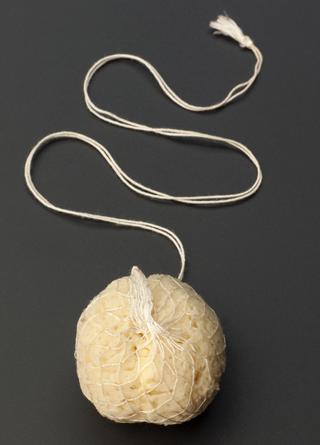

Leather covered Smellie type obstetric forceps, second half 18th century
William Smellie (1697-1763) described this instrument in 1745. The forceps blades are designed in two curves: the cephalic curve and the pelvic curve. The cephalic curve fits the child’s head. The pelvic curve corresponds to the curve of the mother’s pelvis. The blades fit together in deep notches known as the English Lock. The forceps are made of iron and covered with leather. This made them hard to clean and unhygienic. The leather was sometimes coated with hog’s lard to make them easier to insert.
Details
- Category:
- Obstetrics, Gynaecology & Contraception
- Collection:
- Sir Henry Wellcome's Museum Collection
- Object Number:
- A600049
- Materials:
- iron and leather, covered
- Measurements:
-
overall: 75 mm x 340 mm x 70 mm, .3342 kg
- type:
- obstetrical forceps
- credit:
- Austin, S.C.




